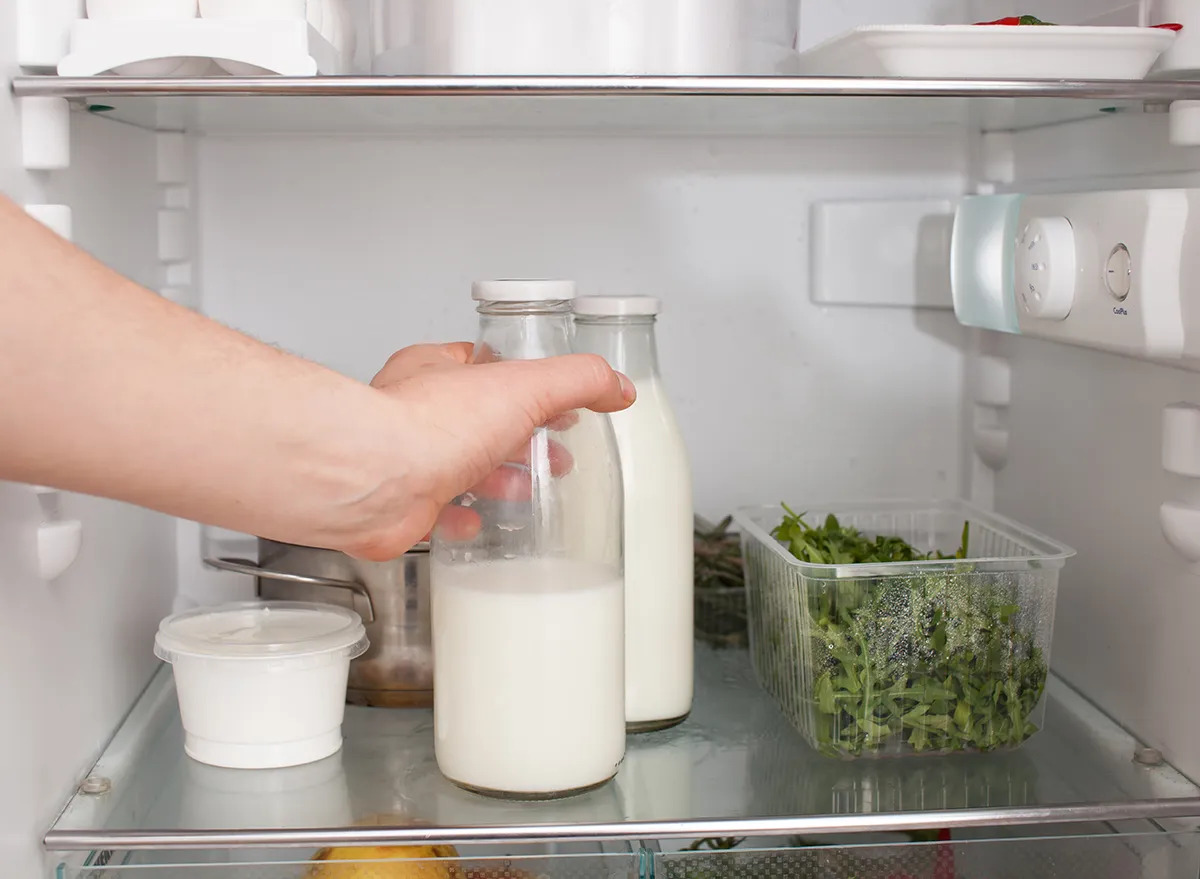

Articles
How To Store Milk In Fridge
Modified: January 5, 2024
Learn how to store milk properly in the fridge with these helpful articles. Keep your milk fresh and prevent spoilage with our expert tips and advice.
(Many of the links in this article redirect to a specific reviewed product. Your purchase of these products through affiliate links helps to generate commission for Storables.com, at no extra cost. Learn more)
Introduction
Proper milk storage is essential to maintain its freshness, taste, and nutritional value. Whether you enjoy a glass of milk with your breakfast or use it for cooking and baking, knowing how to store milk correctly is crucial. Inadequate storage can lead to spoilage, off-flavors, and a loss of nutrients.
In this article, we will explore the importance of proper milk storage and provide expert tips to ensure your milk stays fresh and safe to consume. We will discuss the types of milk available on the market and guide you through the steps of preparing and storing milk in the refrigerator. By following these guidelines, you can extend the shelf life of your milk and reduce unnecessary waste.
So, let’s dive in and learn how to store milk properly to preserve its quality and enjoy its benefits to the fullest!
Key Takeaways:
- Proper milk storage is essential for maintaining freshness, flavor, and nutrients. Choose the right milk, handle it with care, and store it in the fridge at the correct temperature to enjoy its benefits to the fullest.
- Follow expert tips for milk storage to prolong shelf life, maintain flavor, and prevent bacterial growth. Properly prepare and store milk in the fridge, and utilize additional tips for freezing and thawing to maximize freshness and quality.
Read more: How To Store Breast Milk In Fridge
Importance of Proper Milk Storage
Proper milk storage is crucial not only for maintaining its freshness but also for ensuring its safety and quality. Here are the key reasons why proper milk storage is essential:
- Prolongs Shelf Life: By storing milk correctly, you can extend its shelf life and prevent premature spoilage. This is especially important if you buy milk in larger quantities or if you don’t consume it regularly. A longer shelf life means less wastage and more cost-effective grocery shopping.
- Maintains Flavor and Texture: Incorrect storage can result in off-flavors and changes in the texture of the milk. Exposure to air, light, and improper temperature can cause the milk to develop a stale or sour taste. By storing milk properly, you can ensure that it maintains its fresh, creamy taste and smooth consistency.
- Preserves Nutritional Value: Milk is a rich source of essential nutrients such as calcium, protein, vitamins, and minerals. However, exposure to light and temperature fluctuations can lead to a loss of these valuable nutrients. Proper storage helps retain the nutritional content of milk, ensuring you receive all its health benefits.
- Prevents Bacterial Growth: Milk is a perishable product that is prone to bacterial contamination. Properly storing milk at the right temperature slows down bacterial growth and helps maintain its safety. This is especially important for infants, children, pregnant women, and individuals with compromised immune systems, who are more susceptible to foodborne illnesses.
By understanding the importance of proper milk storage, you can ensure that the milk you consume is fresh, safe, flavorful, and nutritionally valuable.
Choosing the Right Milk
Before we delve into milk storage, it’s important to choose the right type of milk for your needs. With so many options available, selecting the best milk can enhance your overall milk storage experience. Here are a few factors to consider:
- Fat Content: Milk comes in varying fat levels, including whole milk (full-fat), reduced-fat, low-fat, and skim milk. Consider your dietary preferences and requirements when choosing the fat content of your milk. A higher fat content generally provides a richer taste and creamier texture.
- Fortified Options: Some milks are fortified with additional nutrients like vitamin D or omega-3 fatty acids. If you have specific nutritional needs or preferences, selecting a fortified version can be beneficial.
- Organic or Conventional: Organic milk is produced without the use of synthetic pesticides, hormones, or antibiotics. If you prioritize organic products, opt for organic milk. Keep in mind that organic milk may have a shorter shelf life compared to conventional milk.
- Lactose-free or Plant-based Alternatives: If you have lactose intolerance or prefer plant-based options, lactose-free milk or plant-based milk alternatives like almond milk, soy milk, or oat milk are excellent choices. These alternative milks have their own unique storage requirements, so be sure to follow the specific instructions provided on their packaging.
When choosing the right milk, consider factors such as taste, nutritional needs, dietary preferences, and any food allergies or intolerances. Additionally, check the expiration date on the milk packaging to ensure it’s fresh and has a reasonable shelf life.
Once you have selected the ideal milk for your needs, it’s crucial to handle and store it properly to maintain optimal freshness and quality.
Preparing the Milk for Storage
Before storing milk in the refrigerator, it’s important to take a few steps to prepare it properly. These steps help maintain the milk’s quality and prevent contamination. Follow these guidelines to ensure your milk is ready for storage:
- Check the Expiration Date: Always check the expiration date on the milk packaging before purchasing or using it. Using milk past its expiration date can lead to spoilage and potential health risks.
- Inspect the Packaging: Ensure that the milk packaging is intact and not damaged or leaking. Any compromised packaging can increase the risk of contamination or spoilage.
- Handle with Clean Hands: It’s important to wash your hands thoroughly with soap and water before handling milk or any food products. Clean hands help prevent the introduction of bacteria into the milk.
- Use Clean Storage Containers: If you plan to transfer your milk into a different container, ensure that the container is clean and sanitized. Glass or food-grade plastic containers with tight-fitting lids are best for storing milk.
- Leave Some Head Space: When transferring milk into a container, leave some head space at the top to accommodate expansion as the milk freezes and expands slightly. This prevents the container from bursting.
By following these preparation steps, you can ensure that your milk is in optimal condition for storage. Now let’s move on to the proper techniques for storing milk in the refrigerator.
Store milk in the back of the fridge, where the temperature is the most consistent. Keep it in its original container, tightly sealed, and away from strong-smelling foods.
Storing Milk in the Fridge
The refrigerator is the ideal place to store milk as it provides a controlled environment that helps slow down spoilage and bacterial growth. To store your milk properly in the fridge, follow these steps:
- Choose the Right Shelf: Place your milk on a shelf in the middle of the fridge, away from the door. The door is subject to temperature fluctuations, which can affect the milk’s quality.
- Keep Milk Away from Strong Odors: Milk has a tendency to absorb odors from strong-smelling foods in the refrigerator. Keep it away from items like onions, garlic, or strong cheeses to preserve its taste and aroma.
- Maintain the Right Temperature: Ensure that your fridge is set to a temperature between 34-40°F (1-4°C). The lower end of this range is preferable for storing milk, as it helps slow down bacterial growth.
- Seal the Milk Container: Always close the milk container tightly after each use. Properly sealing the container helps prevent contamination and maintains the milk’s freshness.
- Avoid Direct Light: Milk is sensitive to light and can deteriorate when exposed to it. Store milk in a refrigerator compartment that is shielded from direct light or use opaque containers.
- Rotate First-In, First-Out (FIFO): When purchasing new milk, place it at the back of the fridge and bring the older milk bottles to the front. This ensures that you use the milk with the nearest expiration date first.
- Keep the Fridge Clean: Regularly clean the interior of your refrigerator to prevent the accumulation of spills and bacteria. This helps maintain a hygienic environment for storing milk and other food items.
By following these storage guidelines, you can keep your milk fresh and safe for an extended period. Remember to periodically check the milk for any signs of spoilage, such as an off odor or curdling.
Now, let’s explore a few additional tips to further enhance the storage of your milk.
Read more: How To Store Milk In Fridge For Long Time
Other Important Tips for Milk Storage
In addition to the basic guidelines for storing milk in the fridge, here are some additional tips to maximize freshness and maintain the quality of your milk:
- Don’t Freeze Milk in Its Original Container: If you have excess milk that you won’t be able to consume before the expiration date, transfer it to a separate container before freezing. Milk expands when frozen, so leaving extra space in the container will prevent it from bursting.
- Label Frozen Milk: If you freeze milk, don’t forget to label the containers with the date of freezing. This will help you keep track of its freshness and ensure you use the oldest milk first.
- Thaw Frozen Milk Properly: When you’re ready to use frozen milk, thaw it in the refrigerator overnight. Avoid thawing milk at room temperature or in warm water, as these methods can affect its taste and quality.
- Don’t Mix Fresh and Frozen Milk: To avoid compromising the freshness of your milk, refrain from mixing partially thawed or frozen milk with fresh milk. Use the frozen milk separately once thawed.
- Avoid Storing Milk in the Door Shelves: While it may be convenient, storing milk in the door shelves of the fridge can expose it to temperature fluctuations due to frequent opening and closing of the refrigerator doors.
- Regularly Check the Temperature: It’s a good practice to periodically check the temperature of your refrigerator to ensure it is within the recommended range. An accurate fridge thermometer can help you monitor the temperature more effectively.
- Discard Expired Milk: If milk has passed its expiration date, it’s best to discard it. Consuming expired milk can put your health at risk and lead to foodborne illnesses.
Following these additional tips will help you maintain the quality and safety of your milk, whether fresh or frozen. Remember, proper milk storage is essential for enjoying its taste and nutritional benefits.
Now that you have a comprehensive understanding of how to store milk correctly, let’s summarize what we’ve learned.
Conclusion
Proper milk storage is crucial for maintaining the freshness, flavor, and nutritional value of this essential dairy product. By following the guidelines outlined in this article, you can ensure that your milk stays fresh, safe, and delicious for longer periods.
Remember to choose the right milk for your needs, considering factors like fat content, fortification, and organic options. Prepare the milk for storage by checking the expiration date, inspecting the packaging for any damage, and using clean hands and containers.
When storing milk in the fridge, keep it on a middle shelf away from strong odors and maintain a temperature between 34-40°F (1-4°C). Seal the milk container tightly, avoid direct light, and practice the first-in, first-out (FIFO) method to use milk with earlier expiration dates first.
Additional tips include freezing excess milk in separate containers, properly thawing frozen milk in the refrigerator, and not mixing fresh and thawed milk. Avoid storing milk in door shelves, regularly check the temperature of your fridge, and discard expired milk to ensure your safety.
By implementing these best practices, you can make the most out of your milk purchase and reduce unnecessary waste. So, go ahead and store your milk with confidence, knowing that it will stay fresh and enjoyable for longer periods!
Frequently Asked Questions about How To Store Milk In Fridge
Was this page helpful?
At Storables.com, we guarantee accurate and reliable information. Our content, validated by Expert Board Contributors, is crafted following stringent Editorial Policies. We're committed to providing you with well-researched, expert-backed insights for all your informational needs.
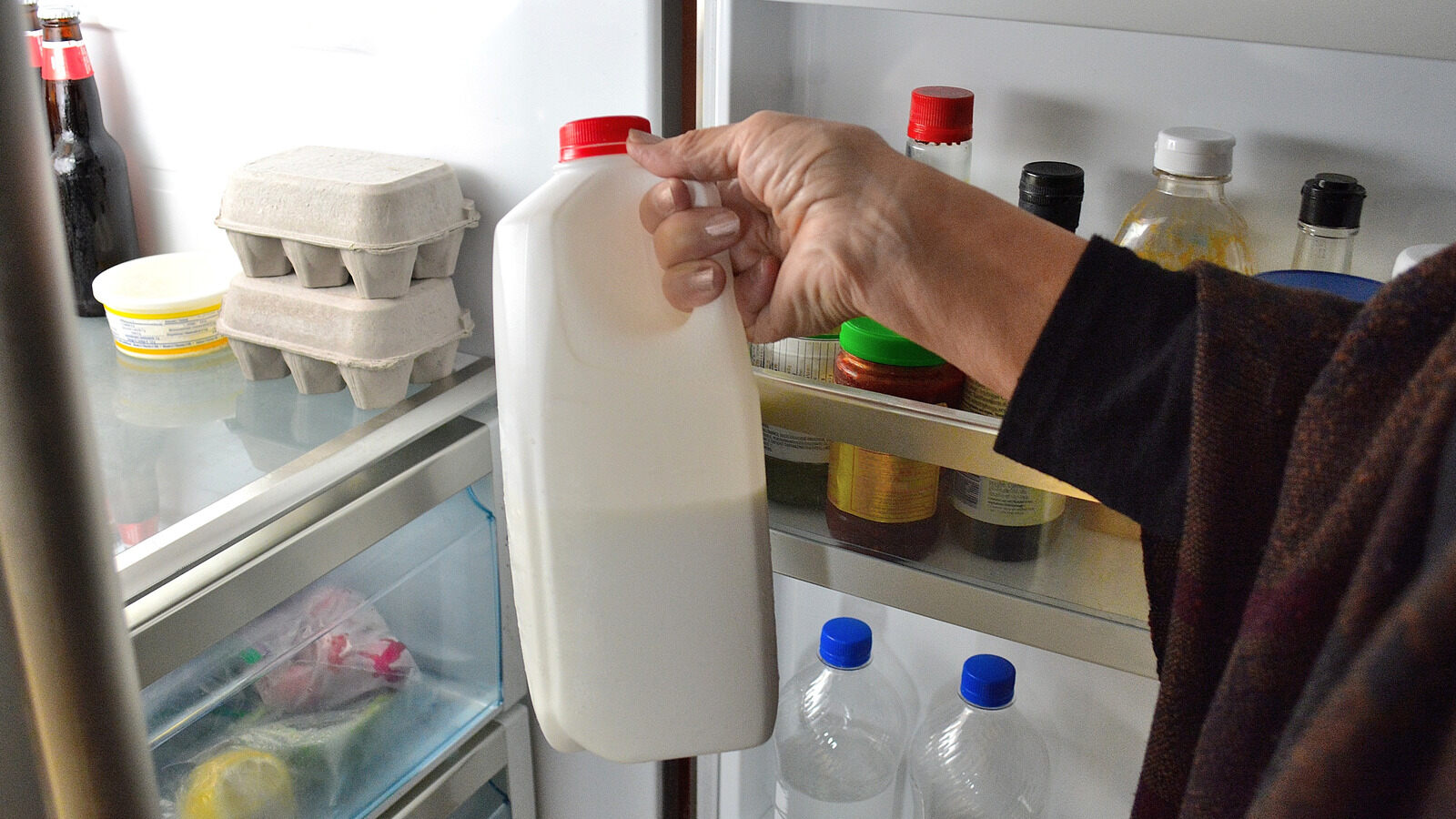
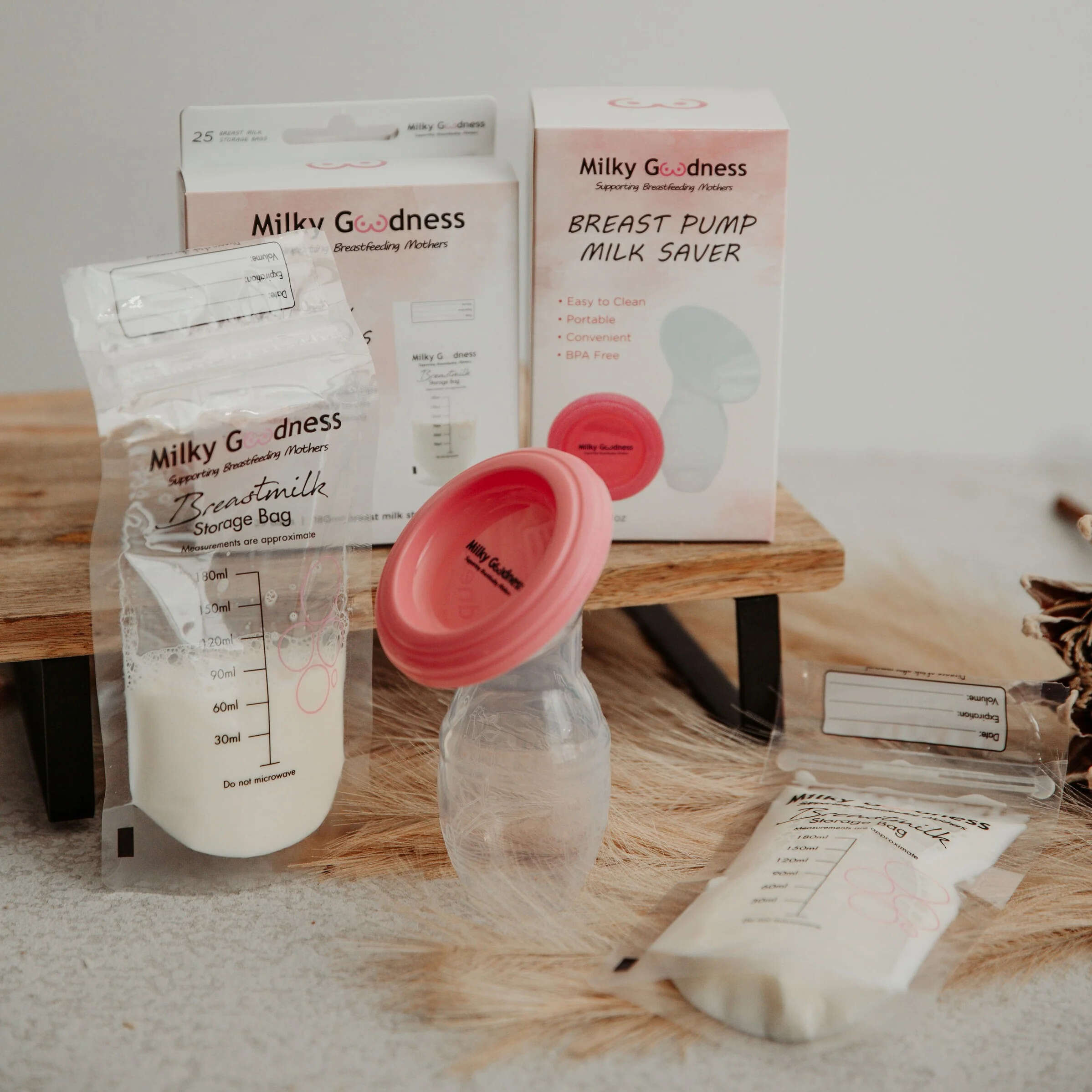
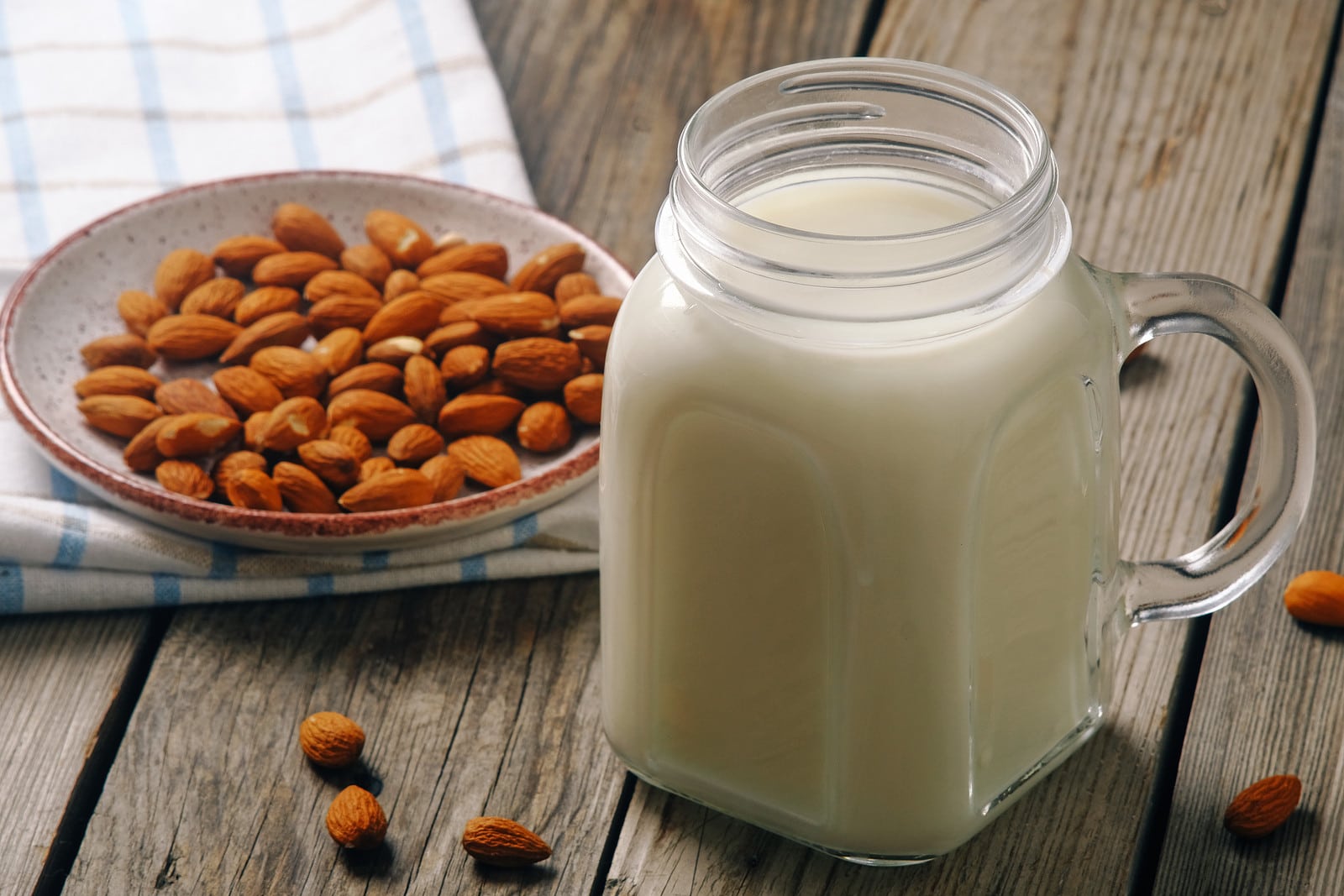
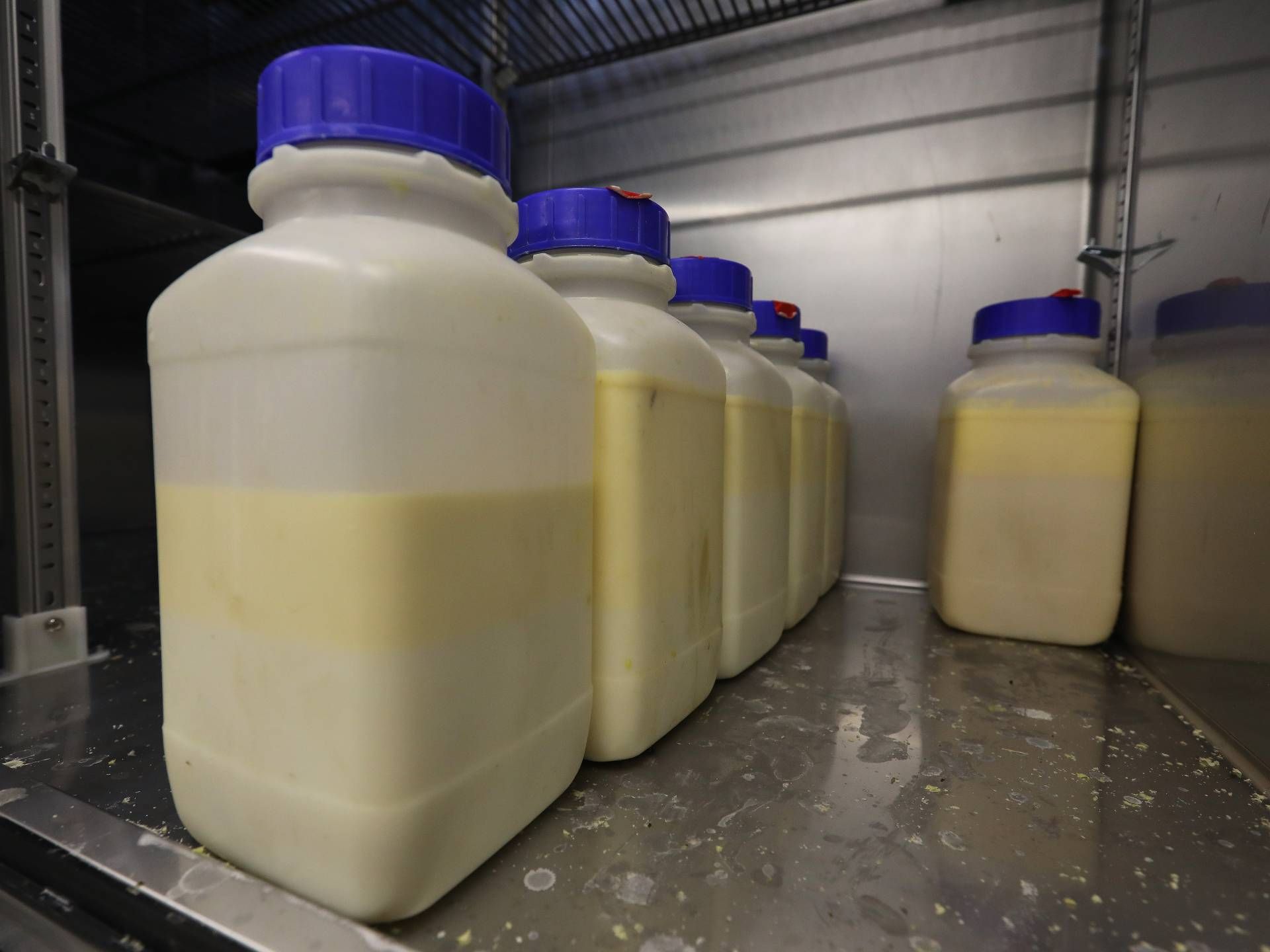
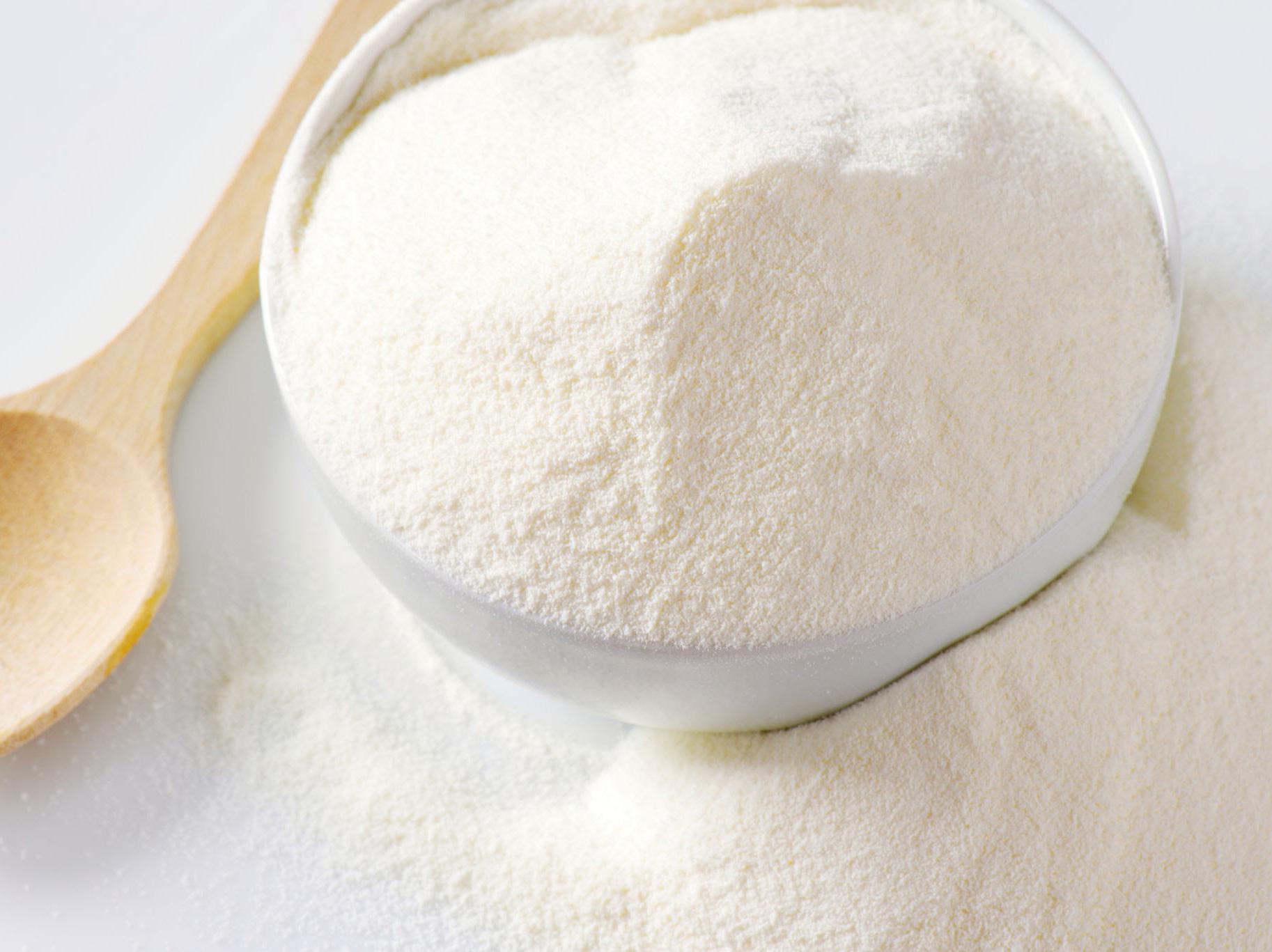
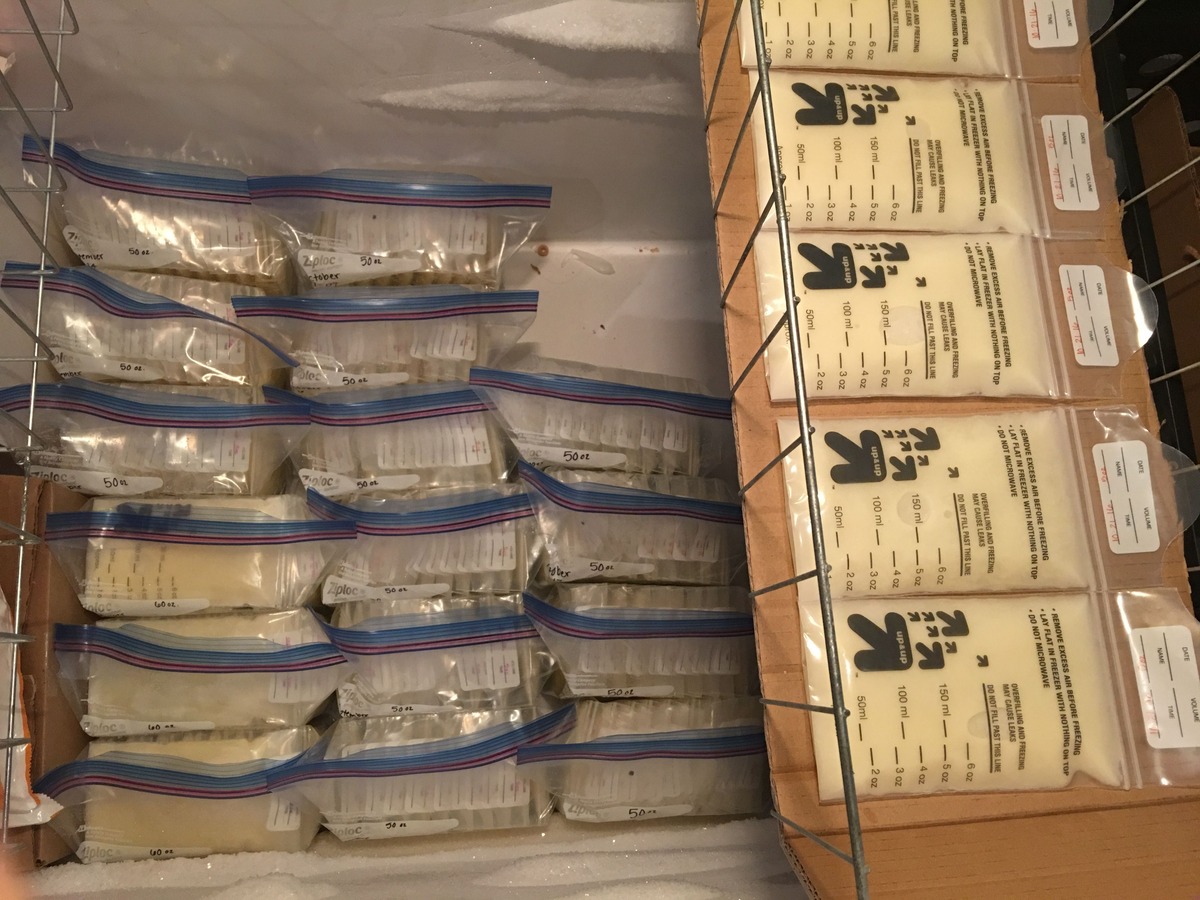
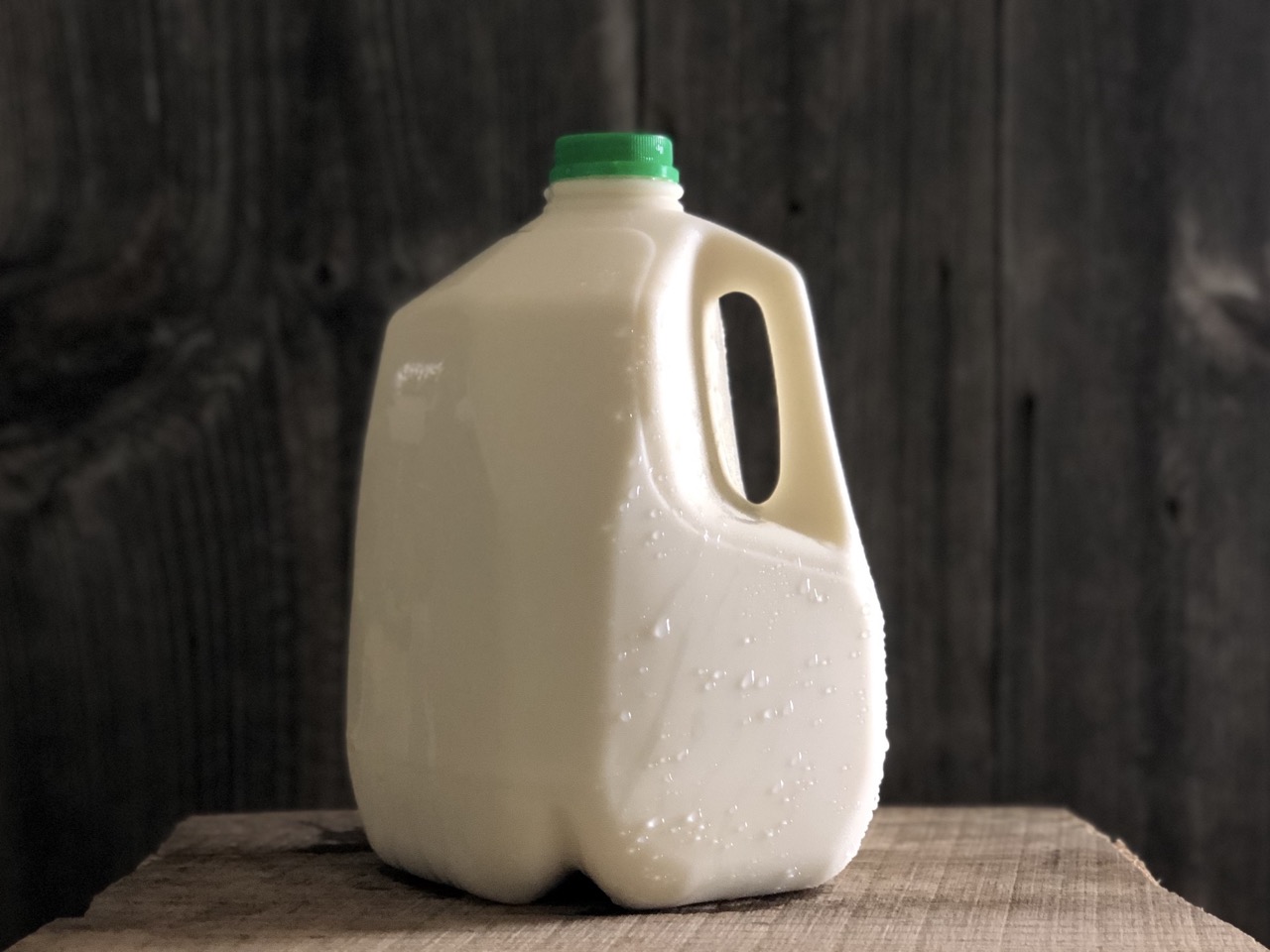
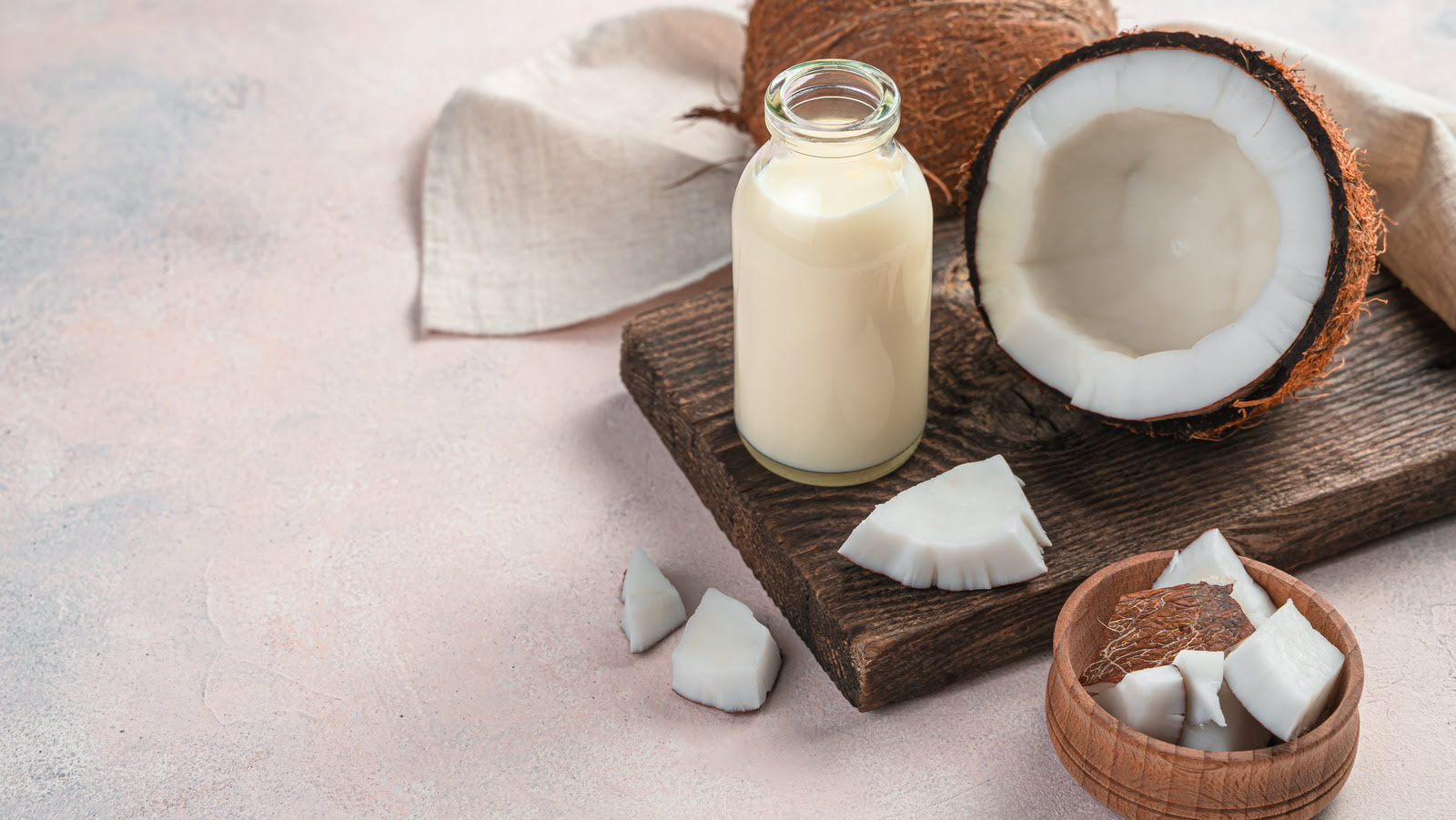
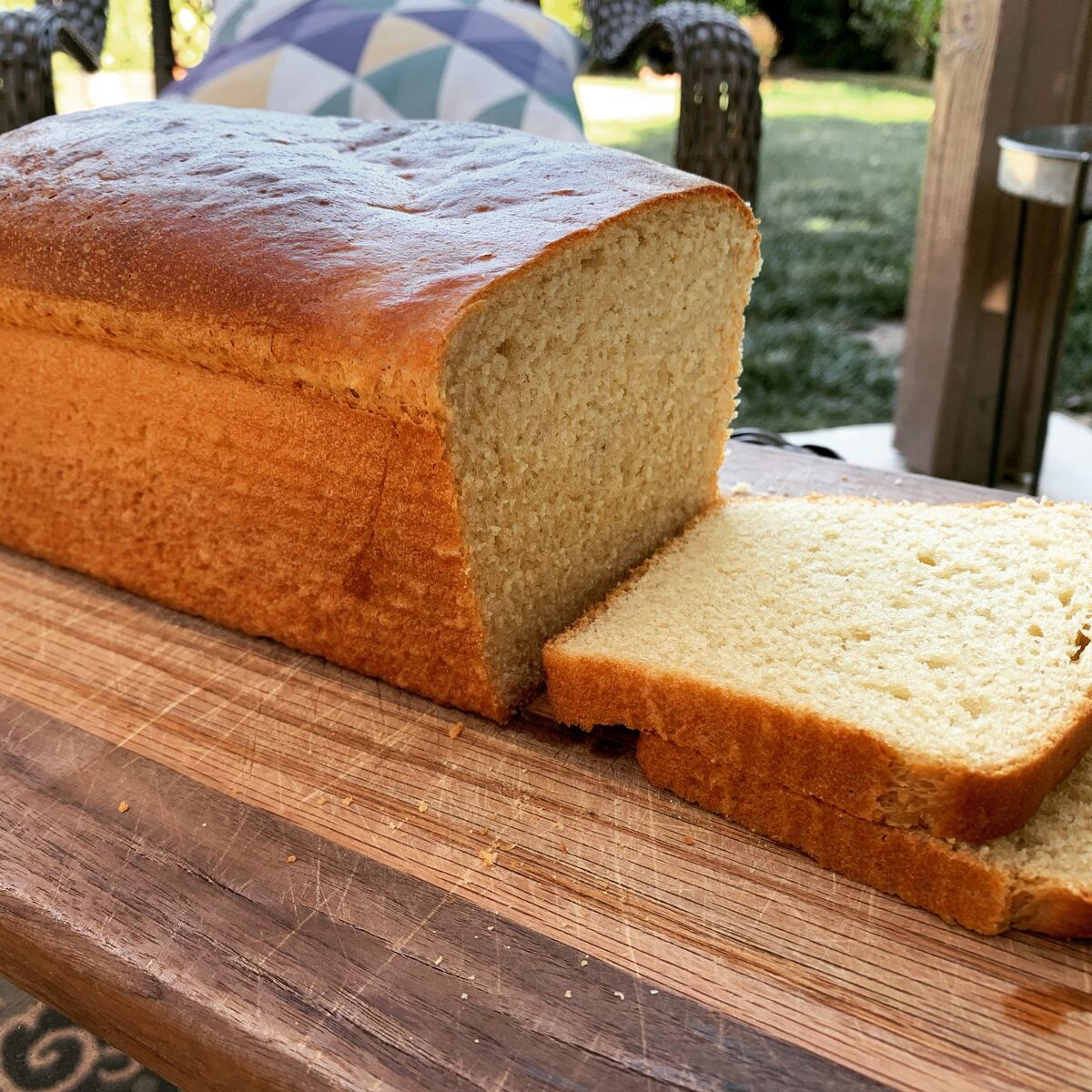
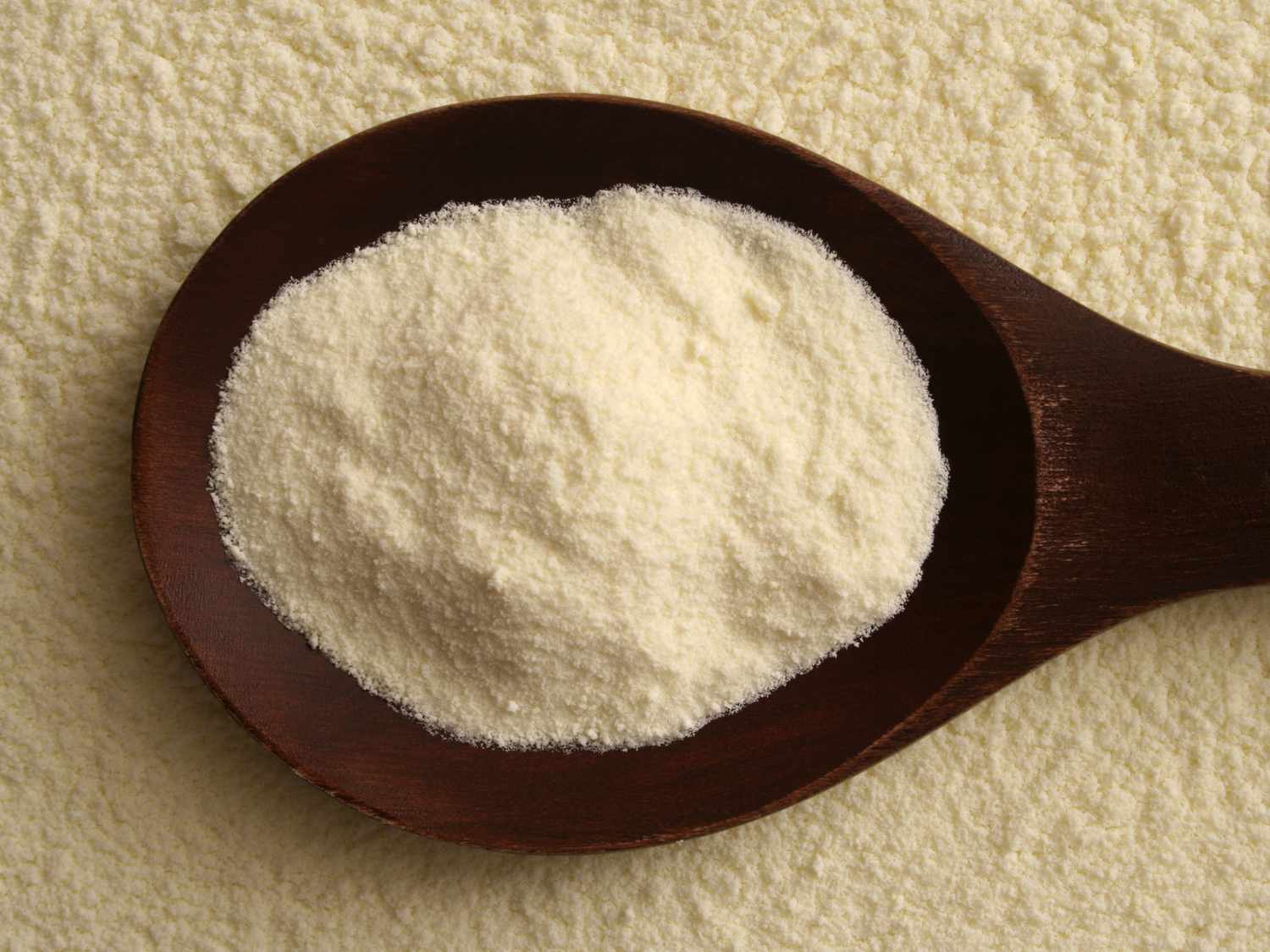
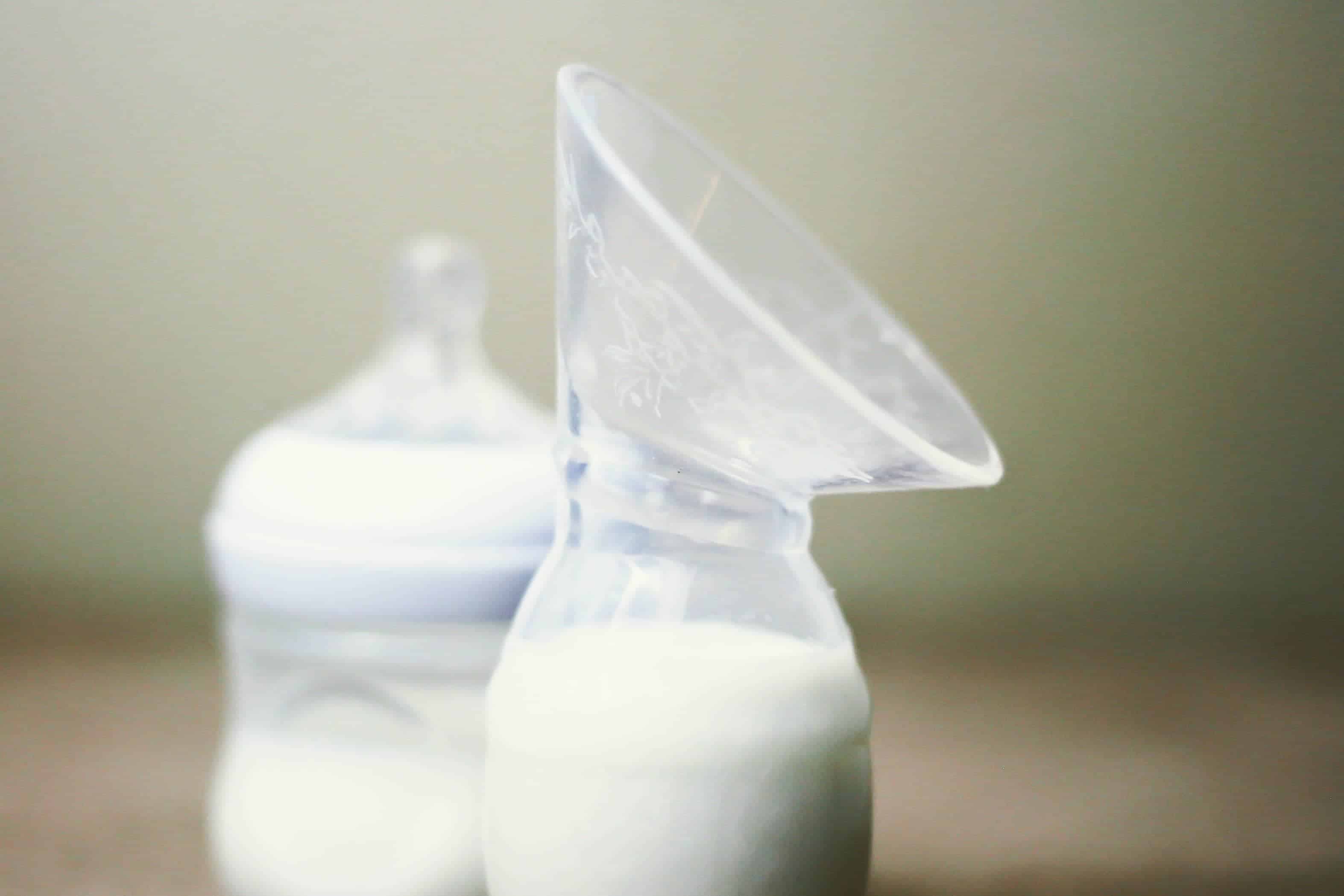
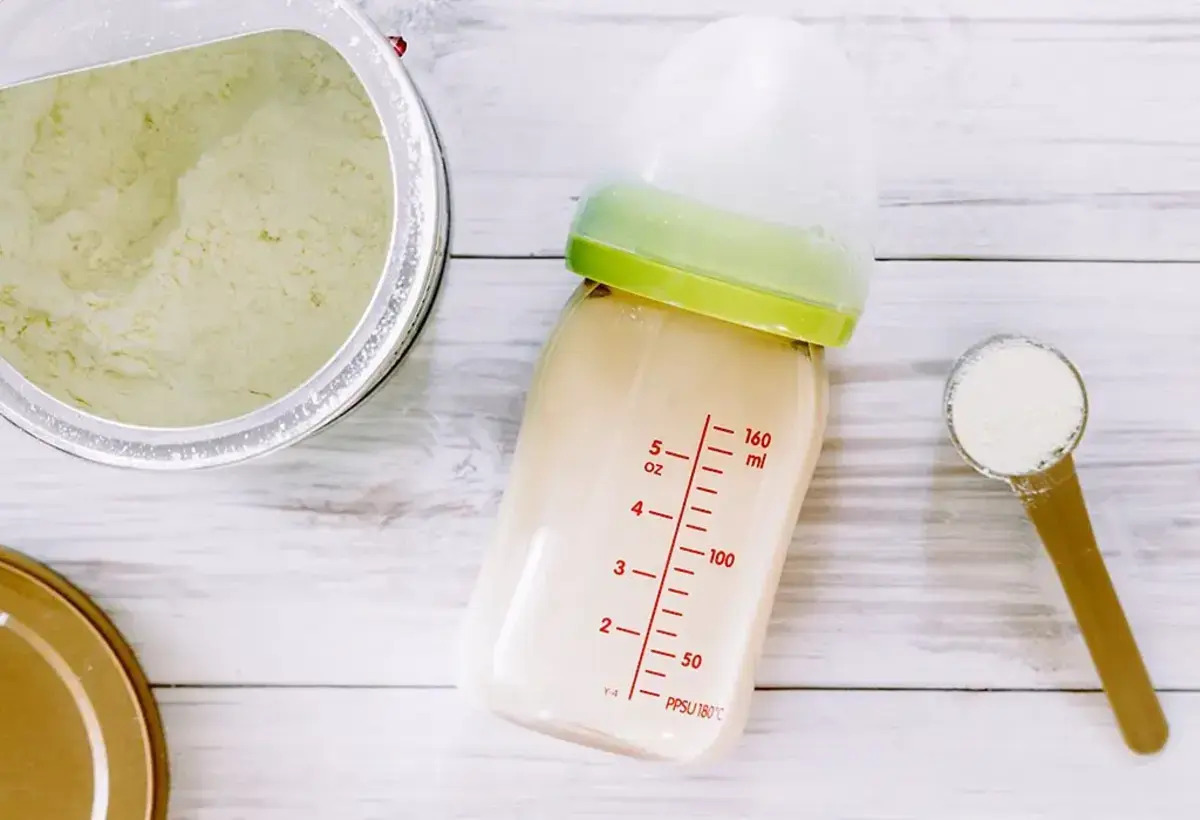



0 thoughts on “How To Store Milk In Fridge”